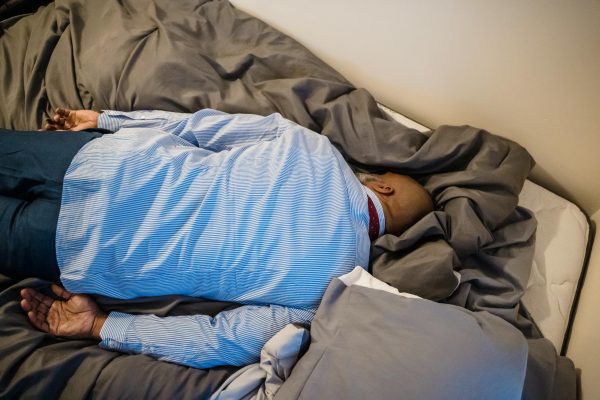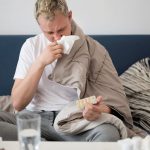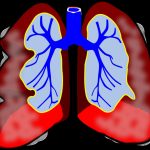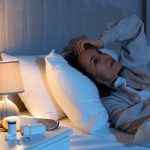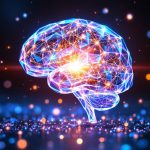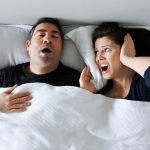Sleep is one of those things a lot of people don’t get enough of.
In our younger years, it just didn’t seem that important. We were too gung-ho to get as much done in a single day as we could. Who cared about sleep?
But as we age, the decision to sleep or not isn’t always our choice to make. You’ve probably experienced this more often than you did when you were younger. You want to sleep, but it evades you.
There are any number of reasons for not sleeping well. It might be a lifetime of poor sleep habits, an unfavorable sleep environment or too much late-day caffeine. It could be that stress and anxiety won’t let you sleep. Or even hormones. I’ve shared my thoughts and recommendations on many of these reasons in the past.
However, there is one reason for sleepless nights that I probably haven’t touched upon often enough: physical activity.
You see, the less physical activity you get, the more likely you are to experience insomnia and other sleep problems. And the more problems you have sleeping, the less likely you are to want to engage in physical activity.
This is called a bidirectional relationship. Reduced physical activity contributes to sleep problems, and poor sleep contributes to low levels of physical activity.
So how do you solve this riddle and regain a more active lifestyle?
More Activity = Better Sleep = Higher Energy Levels
If you suffer from insomnia, it can make it hard to fall asleep and stay asleep, no matter how tired you are. As a result, you consistently wake up feeling fatigued, and suffer through your days with low energy levels and sleepiness.
And when you are tired all day, who feels like getting involved in any type of physical activity?
Well, here’s the thing…
Studies repeatedly show that when people who don’t sleep well increase physical activity levels, they actually end up sleeping better!
In a recent meta-analysis, 29 separate studies showed that exercise improves sleep quality, especially in middle-aged and older adults. Regardless of intensity or which kind of exercise is performed, it helps increase both the quality and duration of sleep, and also reduces daytime sleepiness.
Plus, a brand-new study out of the UK shows that just 20 minutes of moderate intensity exercise can improve brain function after sleepless and restless nights.
In other words, the harder you push yourself to get up and moving during the day, the more quickly you will be able to start sleeping better and get rid of that daytime fatigue and brain fog!
Not only that, but sleeping well and regular physical activity are necessary for your overall health.
For example, insufficient sleep and not getting enough exercise are both associated with lower bone mass, which increases your risk of a fall or fracture. Both are linked to inflammation, cardiovascular disease, high blood pressure, diabetes, strokes, depression, anxiety and more!
So when you start becoming more active, you won’t just sleep better, you’ll also reduce the risk of all of these negative health outcomes.
Just 20 Minutes a Day!
Again, I know how hard it is to get moving when you’re suffering from lack of sleep, but it’s one of the best things you can do for yourself.
All it takes is 20 minutes a day. It doesn’t matter what activity you want to participate in. You can start with walking or a stationary bike (aerobics), stretching exercises, resistance training… all types will go a long way.
It doesn’t even have to be vigorous. Light to moderate intensity is fine. Plus, if you do it at the same time each day, it will quickly become a habit.
Or, if you like a more structured atmosphere, sign up for Tai Chi or Yoga. One of the best things about signing up in advance is that, if you have a scheduled class to attend, you are more likely to show up for it.
Both of these ancient arts will contribute to the benefits of regular physical activity. Not only that, but they are great when it comes to relieving stress and anxiety that often result in sleepless nights.
Once you begin sleeping better and feeling more energetic, you can proceed to more strenuous activities to further boost the health and sleep benefits of exercise.
The longer you wait to get started, the less like it is that you will ever get started. So put it on your schedule for tomorrow… and the next day… and the day after that. Then, keep following through with it.
SOURCES:
Kline CE. The bidirectional relationship between exercise and sleep: Implications for exercise adherence and sleep improvement. Am J Lifestyle Med. 2014 Nov-Dec;8(6):375-379.
Dolezal BA, Neufeld EV, Boland DM, Martin JL, Cooper CB. Interrelationship between Sleep and Exercise: A Systematic Review. Adv Prev Med. 2017;2017:1364387.
Williams TB, Badariotti JI, Corbett J, Miller-Dicks M, Neupert E, McMorris T, Ando S, Parker MO, Thelwell RC, Causer AJ, Young JS, Mayes HS, White DK, de Carvalho FA, Tipton MJ, Costello JT. The effects of sleep deprivation, acute hypoxia, and exercise on cognitive performance: A multi-experiment combined stressors study. Physiol Behav. 2024 Feb 1;274:114409.
Swanson CM. Sleep disruptions and bone health: what do we know so far? Curr Opin Endocrinol Diabetes Obes. 2021 Aug 1;28(4):348-353.
Insomnia and Heart Health. American Heart Association. News Article. ©2024.
D’Aurea CVR, Poyares D, Passos GS, Santana MG, Youngstedt SD, Souza AA, Bicudo J, Tufik S, de Mello MT. Effects of resistance exercise training and stretching on chronic insomnia. Braz J Psychiatry. 2019 Jan-Feb;41(1):51-57.
Reid KJ, Baron KG, Lu B, Naylor E, Wolfe L, Zee PC. Aerobic exercise improves self-reported sleep and quality of life in older adults with insomnia. Sleep Med. 2010 Oct;11(9):934-40.
Halpern J, Cohen M, Kennedy G, Reece J, Cahan C, Baharav A. Yoga for improving sleep quality and quality of life for older adults. Altern Ther Health Med. 2014 May-Jun;20(3):37-46.
Li F, Fisher KJ, Harmer P, Irbe D, Tearse RG, Weimer C. Tai chi and self-rated quality of sleep and daytime sleepiness in older adults: a randomized controlled trial. J Am Geriatr Soc. 2004 Jun;52(6):892-900.
